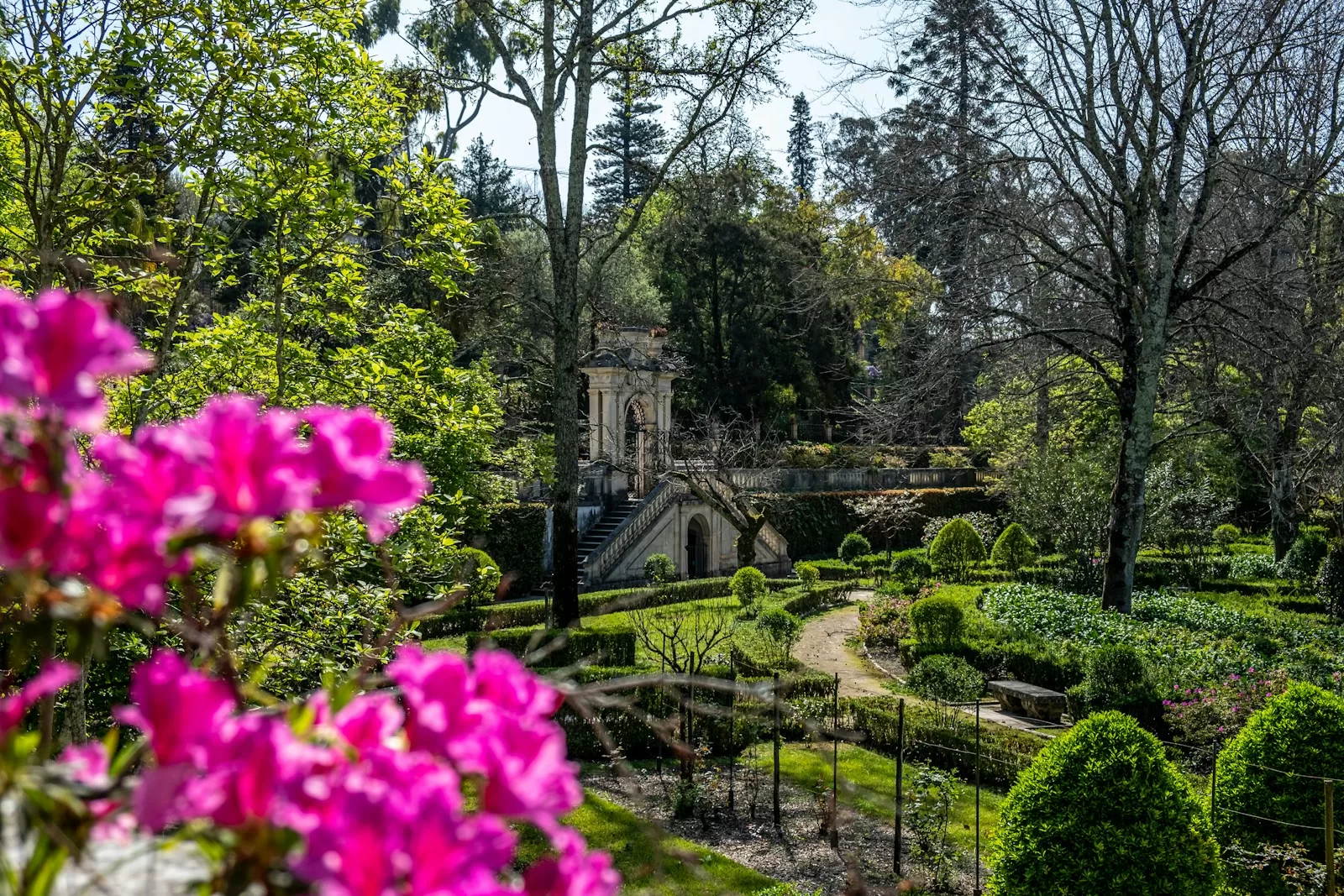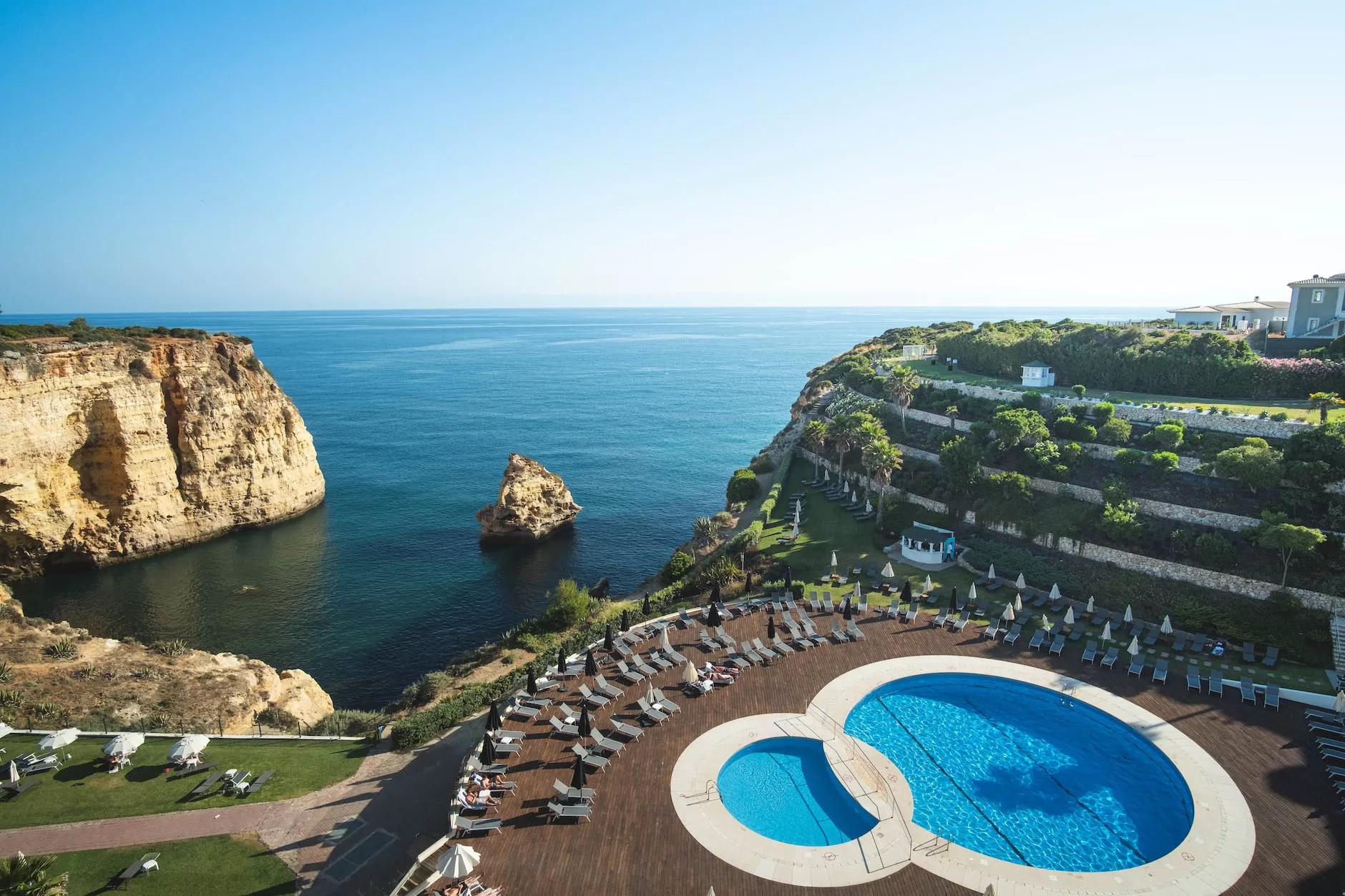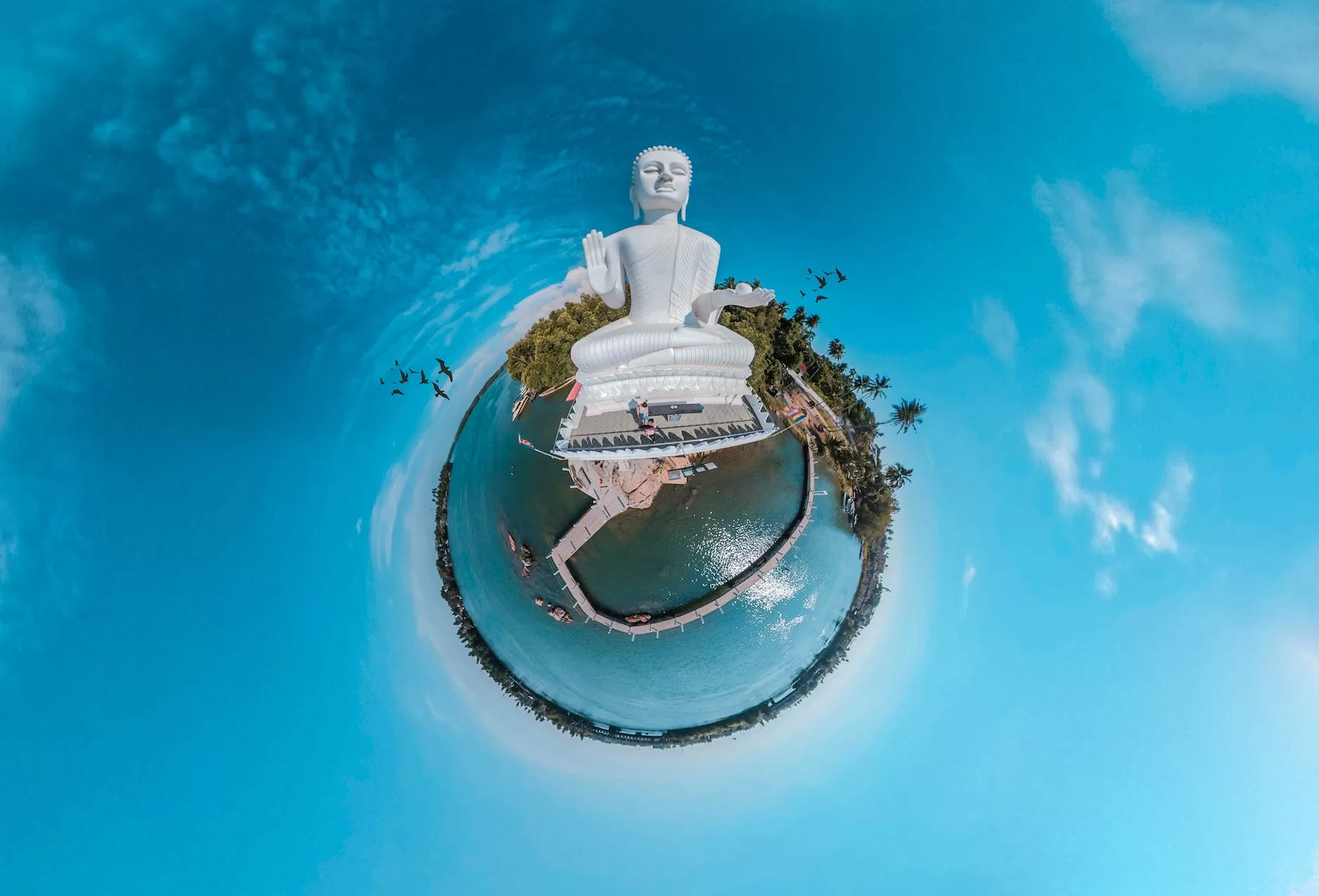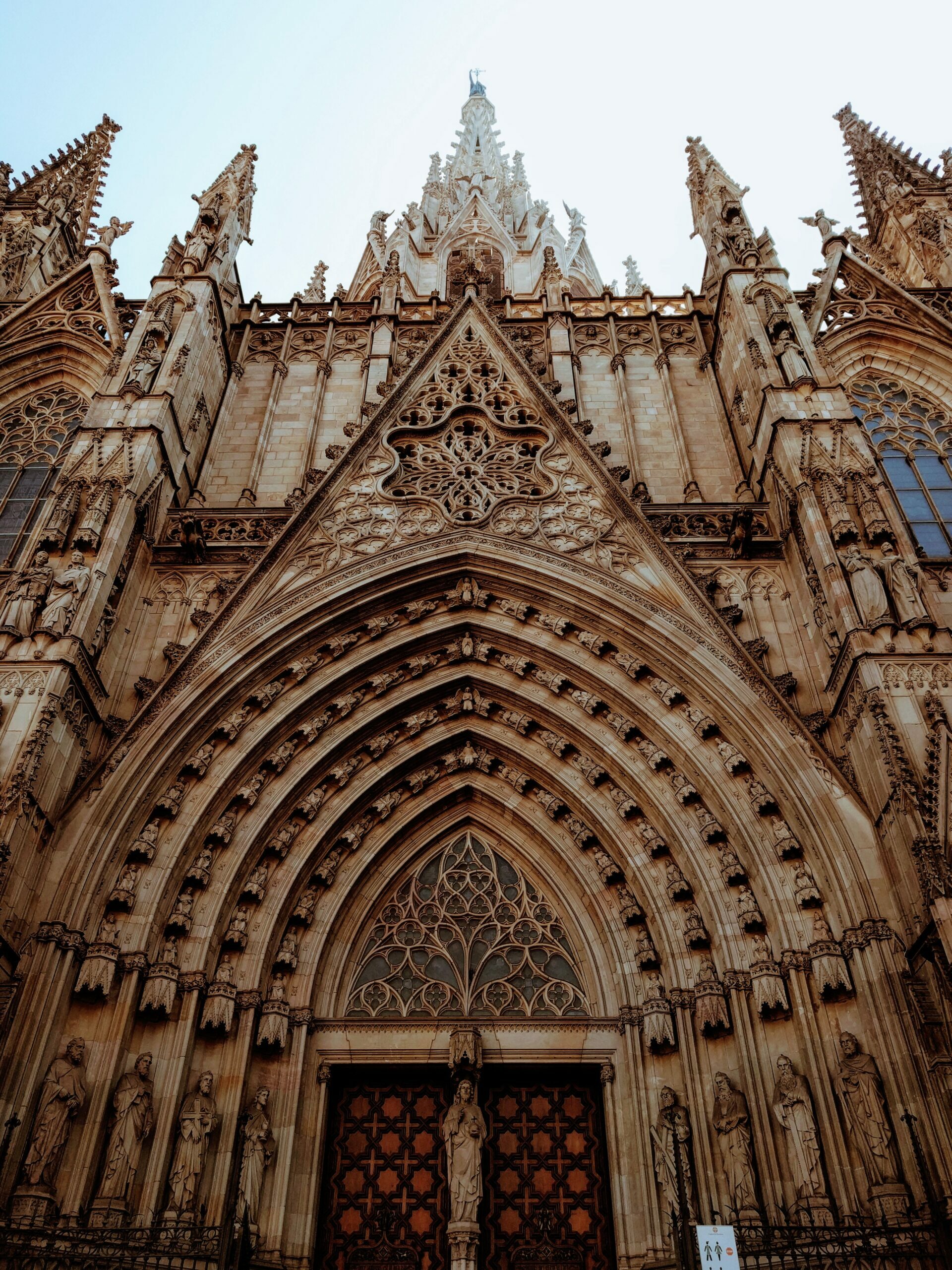Portugals Roman Ruins of Conímbriga is a must-see if you enjoy ruins, history, and the open countryside air. The site is very well preserved. The mosaics are incredible. You can use your imagination as they depict what life was like. The historical context of the original village versus the roman occupation is interesting. The idea that the Romans had to demolish the first wall they built to build a new, more substantial wall showed the pressure they were under to protect themselves. The new wall made the village much smaller and easier to defend.
Explore the Ancient Roman Ruins of Conímbriga
Get in the lush countryside of the southwestern region of Coimbra. If you are interested in Portugal’s largest and most impressive Roman site, you should visit it here. Ancient Conímbriga was an essential city in the Roman province of Lusitania.
The ruins are extensive and wonderfully well-preserved. The highlights include villas paved with elaborate floor mosaics. The most impressive mosaics are in the Casa dos Repuxos (House of Fountains) and the 3rd-century defensive wall.

Conímbriga’s fascinating history is challenging to wrap your head around. However, the entrance has a small museum near the entrance to help give you an idea of the Conímbriga’s culture through the ages. The museum has mosaics, sculptural fragments, coins, jewelry, and everyday household items.
The most incredible item is the scale model of the forum. The model helps provide the skeletal remains onto the ruins you will see outside.
The understanding is Conímbriga’s origins began during Celtic times. Briga is a Celtic term that means a defended area. The Romans arrived here in the 2nd century BC. It was a strategic position on the primary route between Braga (Bracara Augusta) and Lisbon (Olisipo).
The 1st and 2nd centuries were the Golden Age for this area. In 468 AD, it eventually fell prey to barbarian attacks. Germanic Suebi forces finally captured the strategic location.

Many citizens fled to nearby Aeminius. If you are unaware of Aeminius it is also known as Coimbra today. It is most likely where you will begin your journey.
Points of Interest
As you enter the ruins, you will first observe a massive wall. The structure dates back to the 3rd century. It was built to keep out the threatening barbarians. It runs right through the city center, and eventually, much of the city’s residential area is abandoned.
Before you reach the wall, there are a few Roman villa ruins. Here there are a series of mosaics. The name of the villas are for the mosaic designs inside the villa. Therefore, they are Casas da Cruz Suástica (House of the Swastika) and the Casa dos Esqueletos (House of Skeletons). The Romans considered the swastika a symbol of good fortune. Over the wall, you will find the Casa de Cantaber, the city’s largest private villa.
The most impressive mosaics in the 1st century are in the Casa dos Repuxos. These vivid illustrations are in a small central garden. The mosaics depict the four seasons and hunting scenes.
Other high points include the remnants of the Grandes Termas do Sul (Great Southern Baths). These are one of the city’s several bath complexes throughout the old town. Part of a 3km-long aqueduct, covered porticoes initially surrounded the forum.
Portugals Roman ruins in Conímbriga is a spot you must stop and see for yourself
Public transport can reach the site as the Transdev runs buses from near the downtown Coimbra train station to the ruins. You will need to check the exact hours, though, as they change seasonally. Coimbra’s Turismo can provide timetables.



















You must be logged in to post a comment.